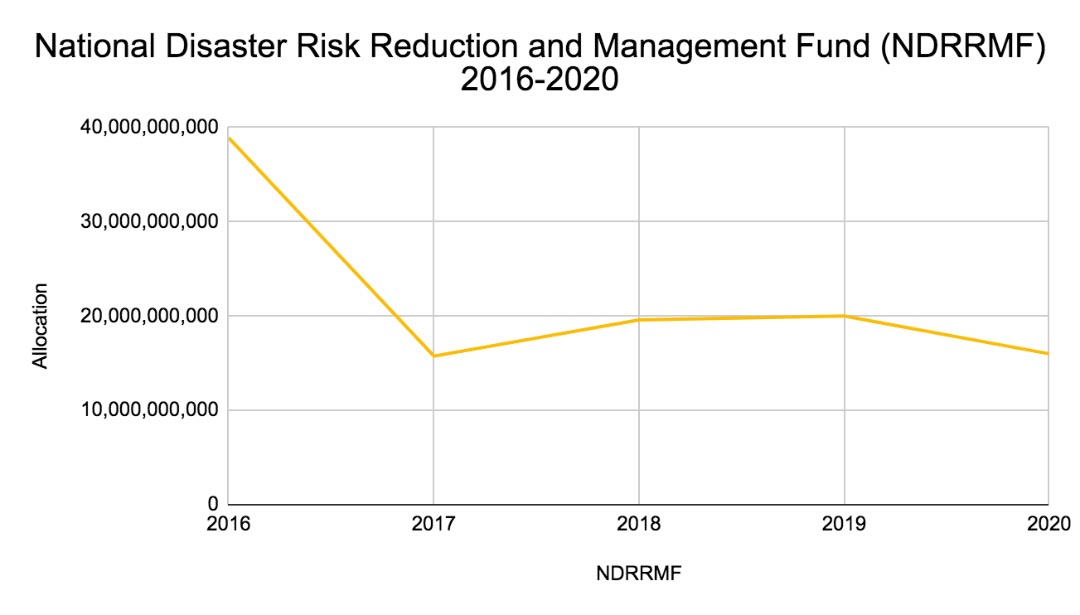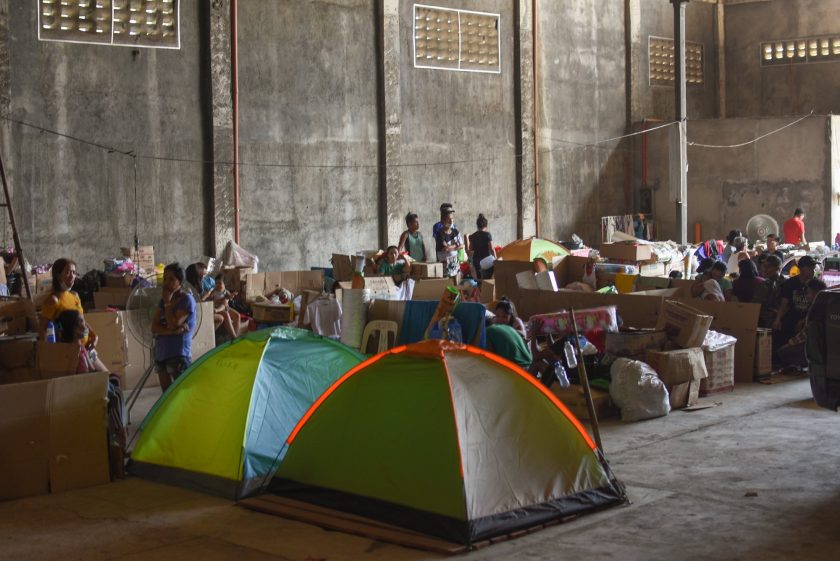To compare, the lost portion of the proposed 2020 calamity fund is just P500 million short of the so-called black budget (P4.5 billion), or the combined intelligence and confidential funds, of the Office of the President (OP). The OP was allocated with a P8.2-billion budget.
By ADAM ANG
Bulatlat.com
MANILA — In the midst of ongoing relief operations for the victims of the recent eruption of Taal Volcano, everyone, including legislators and concerned citizens, cannot help but point out something that’s missing.
No, it’s not the bodies nor the sense of bayanihan that’s been unaccounted for; it was the P4-billion portion of the 2020 National Disaster Risk Reduction and Management Fund (NDRRMF) that has gotten everyone searching.
Originally, P20 billion was allotted to the NDRRMF, based on the 2020 national budget proposal by lawmakers. Yet, it was slashed to just P16 billion, after it was discussed by House appropriations committee head Isido Ungab and Senate finance committee chairperson Juan Edgardo Angara during the bicameral deliberations on the General Appropriations Act (GAA).
Sen. Sherwin Gatchalian, in response, clarified that the budget reduction was due to the still unutilised money from the 2019 NDRRMF which can be carried over for this year’s allocation. There are about P7-billion untapped calamity fund which, if declared as savings, can be utilised to aid the victims of the Taal Volcano eruption, Sen. Angara said.
In December last year, the President has approved the extension of the validity of unused budget allocations from 2019 to 30 December 2020.
Under Duterte, calamity fund cut by 60%
Under Duterte, the so-called calamity fund has been cut by nearly 60 percent from 2016’s P39-billion fund allocation.
The so-called calamity fund, according to the Department of Budget and Management, is a “lump sum fund appropriated under the [GAA] to cover aid, relief, and rehabilitation services to communities/areas affected by man-made and natural calamities, repair and reconstruction of permanent structures, including capital expenditures for pre-disaster operations, rehabilitation and other related activities.”

Source: General Appropriations Act
The biggest year-on-year budget cut was seen in 2017, when the President began approving the national budget proposal, with a total allocation worth P15.7 billion.
The bulk of the calamity fund, which are used for pre- and post-disaster response activities, drastically fell since 2017.
Half of the present P16-billion calamity fund, or P7.5 billion is allocated for such operations. The rest is set aside for Davao and SOCCSKSARGEN regions’ post-earthquake repair (P5 billion) and P3.5 billion goes to Marawi rehabilitation.
Source: General Appropriations Act
But the question remains: where has the P4-billion portion of the fund gone?
To compare, the lost portion of the proposed 2020 calamity fund is just P500 million short of the so-called black budget (P4.5 billion), or the combined intelligence and confidential funds, of the Office of the President (OP). The OP was allocated with a P8.2-billion budget.
That lost fund slice could buy 40 million N95 masks (priced at P100 each), which are used to protect people from inhaling volcanic particulates from the ash fall.
Just over a week since the Taal Volcano eruption, Duterte has urged the Congress to provide a P30-billion supplemental budget for the ongoing Taal relief operations.
Bayan Muna Rep. Carlos Zarate said this is “proof” that the P4-billion budget cut from the calamity fund was a “mistake.”
Gov’t disaster preparation, response remain ‘poor’
Whether or not there are enough funds for disaster relief operations, the government performed “poor,” nonetheless, in terms of disaster preparation and response.
“There has been a lack of transportation to quickly evacuate residents, and a lack of adequate and permanent evacuation centers. Centers are mainly public schools, although a cockpit arena was opened up to house evacuees,” economic think-tank IBON Foundation said in a press statement.
According to the National Disaster Risk Reduction and Management Council (NDRRMC), almost 350,000 persons in Batangas and Cavite, both under state of calamity, were affected by the volcano eruption, as of January 25. Damage to agriculture reached P3.2 billion, so far.
Around P20 million in assistance from combined local government units and agencies, including the Department of Social Welfare and Development and Department of Health, were received, NDRRMC also said.
The Department of Agriculture earlier promised a P25,000 loan for each victim of the Taal Volcano eruption.
IBON suggested that more funds must be released not just for disaster response but also for recovery and rehabilitation. “In the long-term, government can invest in building genuinely sustainable communities,” it added.
The post The case of the missing slice of calamity fund appeared first on Bulatlat.

